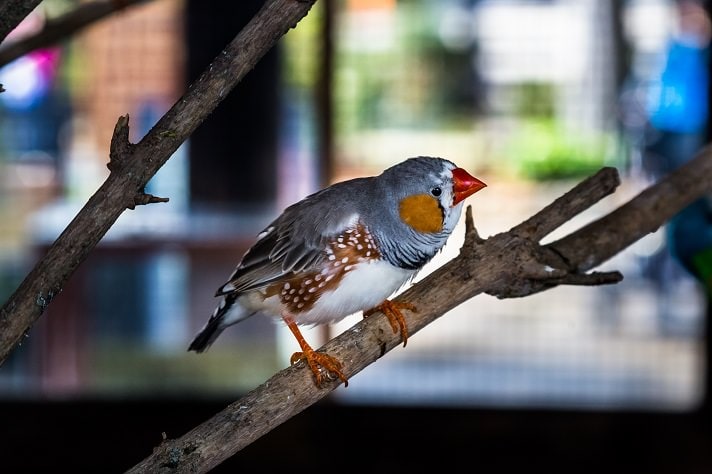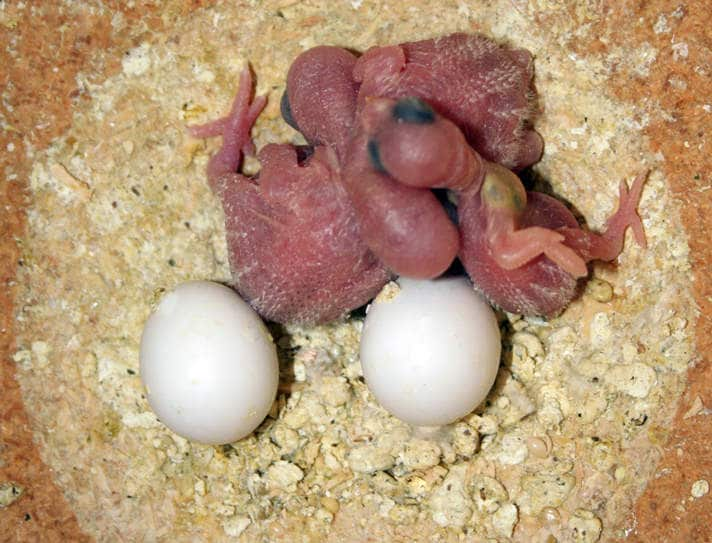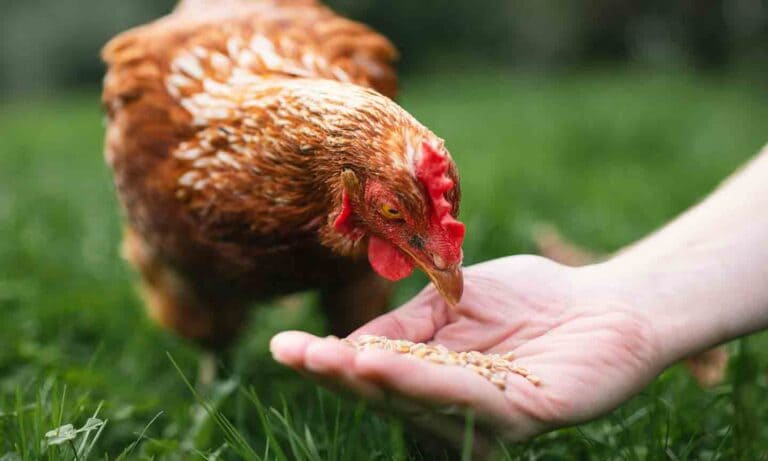If you ever brought home a dog, you probably signed up for training classes and taught him all the basics, like sit, stay and come. Did you know you should do the same for your pet bird?
It might be hard to find training classes for your parrot, but that needn’t stop you! Through bird training, you can teach your pet which behaviors you like and how he should behave. On top of that, training will teach your bird that you’re his friend and to associate you with good things, such as bird treats, praise and bonding together.
If you’re daunted by the idea of training your pet bird, we’ve got you covered. These five tips from Sarah Walter, a parrot trainer who specializes in free flight and who owns Mobile Bird Grooming in Sacramento, California, will help you start your training sessions off right.
1. Give Immediate Rewards for Desired Behaviors
When your parrot performs a desired behavior, like stepping up onto your finger, Walter says to reward your bird immediately.
“That’s the thing a lot of people miss,” she says. “You want to pair your verbal praise—for example, saying ‘good bird!’—while [you’re] delivering food. It has to be super instant, too, so the bird realizes and connects that ‘my trainer asked this, I did it, and I was immediately rewarded.’ That’s how they learn a behavior.”
2. Use Bird Treats That Your Parrot Can’t Get Elsewhere
Nothing motivates a parrot to learn his cues like bird treats. Don’t serve any old treat; you want to find high-value bird treats that’ll motivate your pet to start training. So, how do you make a treat extra special?
“Designate a favorite food your parrot has,” Walter says. “They all have a favorite something … my go-to for larger parrots is pine nuts out of the shell.”
Walter also recommends increasing the value of the food by making it a rarity.
“They should only get this bird treat from their trainer,” she explains.
If your parrot receives his favorite treat all the time, the treat can lose its value. In time, your pet bird might be less motivated to train with you.
3. Keep Bird Training Treats Small
Once you find the perfect training treat for your parrot, break it into small pieces. You want the bird treats to be quick enough for your pet to eat so you can get right back to training.
“The attention span of a parrot is really short,” Walter says. “If you give them a whole walnut, they’re checked out from training and concentrating on eating.”
4. Maximize Your Training Time
You can and should train your pet bird throughout the day. However, if you really want lessons to sink in, Walter says there’s one time that’s better than all the others.
“Mornings are generally the best time to train,” she says, adding that in the morning, your birds have just slept all night and should be refreshed and ready to go. “You don’t want to train a cranky, tired bird in the evening.”
On average, you want to keep training sessions short, no more than 2 to 3 minutes long. If your pet bird is highly engaged, however, feel free to keep training sessions going for another few minutes. Watch your bird’s body language to see if he’s ready to stop, Walter adds.
“If you ask your bird to do a cue, and [he] turns around and starts stretching or preening, those are signs that [he’s] checking out,” she explains.
5. Choose the Right Environment for Training
Where you train is very important. Choose a place void of distractions, like those that you might find in bird cages, to help your bird stay focused. For example, if your parrot is in his bird cage, he might be more interested in his bird toys and his bird food instead of whatever you’re asking him to do.
For that reason, Walter designated a bird training stand for her parrots. Not only does the stand help the parrots focus during training, it’s something that her parrots get excited about when they see it come out.
“My parrots beg to get on the stand when it comes out,” Walter says. “They know great things happen on that stand.”
Do you want to learn more about bird training and how it helps build a great friendship between you and your parrot? Check out “How To Be Your Bird’s Best Friend” over at the Bird Talk blog.
Contributed by Bird Talk Magazine
Featured Image: iStockphoto.com/MarkoDzeletovic
Share:









